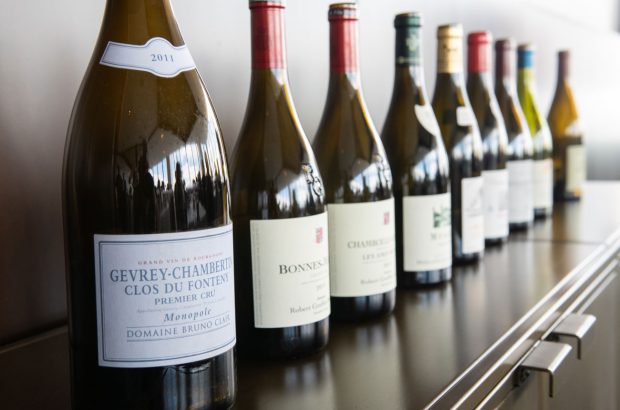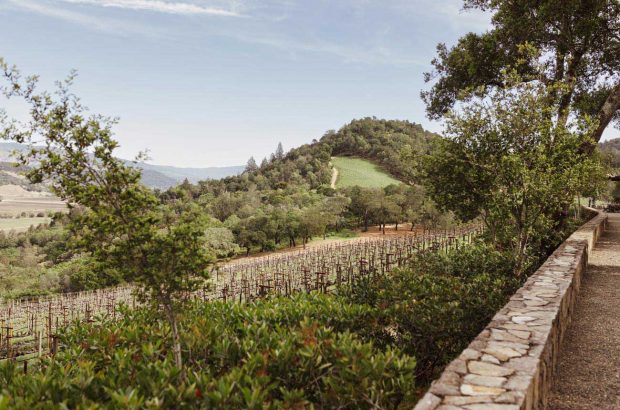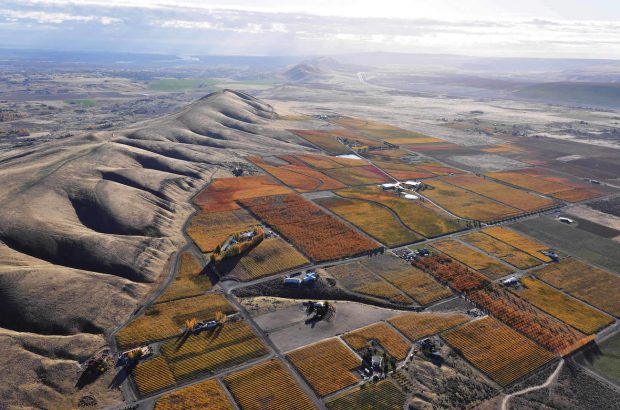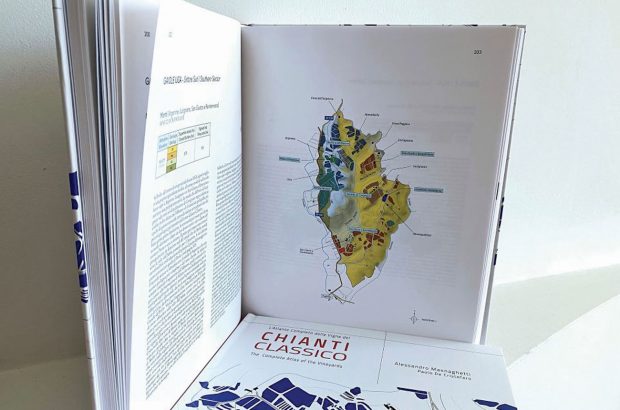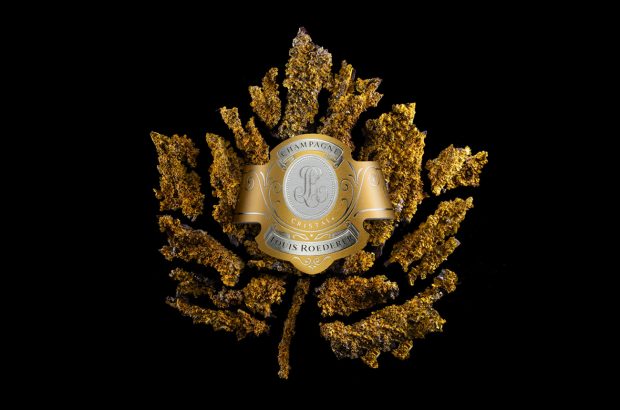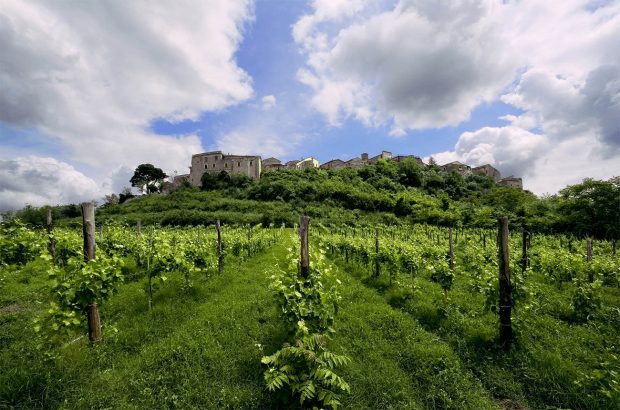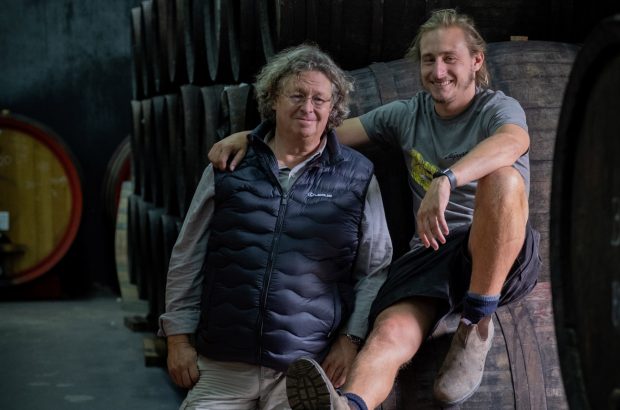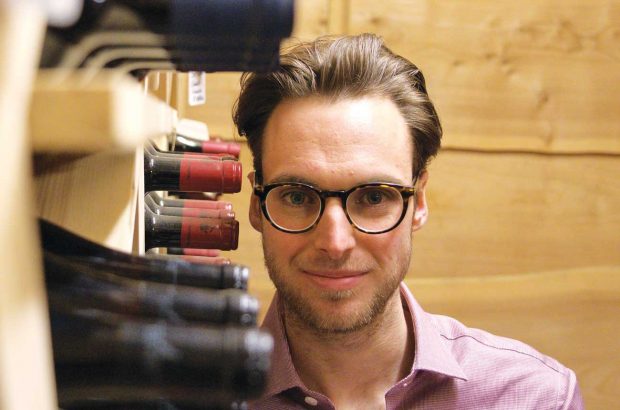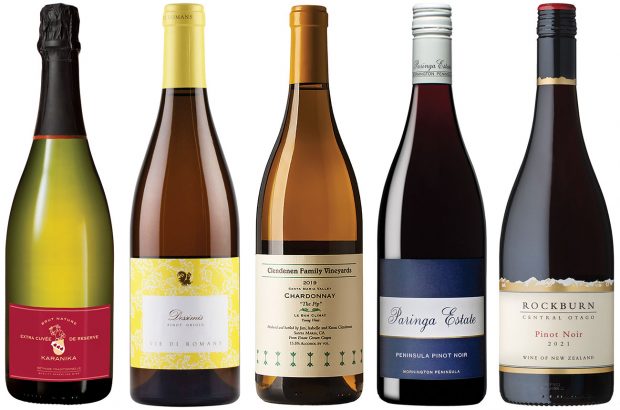No yeast; no wine. Yeast is the only ‘wine maker’ in that sense. Imagine a world in which we had to content ourselves with tasting and drinking grape juice: sweet, with no ability to alter our mood, and largely undifferentiated in sensual terms. Our interest would evaporate. Mysteriously, only yeast can unlock personality and even origin in must.
Unlock? Perhaps even that word is misconceived. Yeast is, with grape juice, the progenitor of wine. It is not neutral, abstract, a twinkly wand that transforms in a trice. It’s a complex mass of fungus chomping its way though sugar, excreting alcohol and CO2, then eventually dying and dumping its necropolis at the bottom of the vat. It’s an upheaval, a revolution. Wine is the name of a changed state.
With young, inexpensive wine, it’s possible that most of the personality of what’s in your glass is decided by selected yeasts (and other additives). These can emphasise almost any desired character, and notably the ‘thiol’ notes which tend to dominate much Sauvignon Blanc (privet and broom, passion fruit and grapefruit, citrus zest). They can magnify or restrain fruit character, too. There are red-wine yeasts designed to minimise vegetal or herbaceous notes or to underscore what we think of as ‘varietal character’ – and rosé yeasts to sustain fruit character even when the musts have been rigorously clarified and the wine fermented very cool.
Many modern selected yeasts have been engineered to have a ‘killer’ function, ensuring that the desired yeast strain is the only one fermenting the wine. This is partly because unwanted yeast strains can impart a negative character to wines (notably brettanomyces yeasts), but partly because the yeast needs nitrogen to work effectively. Nitrogen can be in short supply in fermenting must, particularly for white wine; killer yeasts ensure that the chosen strain remains well fed.
Faced with all this, you might think that the ‘wild’ or indigenous yeasts vaunted by many fine-winemakers are a more natural solution, giving the complexity of character we all desire. At best this is so – but a huge gang of different yeast strains will result in a greater number of accident-prone fermentations, and wild yeast populations will generally take much longer than selected yeasts to finish fermentation, entailing further spoilage risk.
Yeasts, remember, don’t just produce alcohol and carbon dioxide as they work; they also produce higher alcohols, glycerine, a range of acids and complex secondary aromatic compounds. This, too, is ‘personality’, for better or worse – and you never know quite what nature is going to give you.
What of the corpses? The very things we love most about certain wine styles – think of the ‘creamy, biscuity’ notes of certain traditional-method sparkling wines and Chardonnay-based wines, or the protein-like notes which bring interest to some qvevri, amber or orange wines – may be the legacy of dead yeast. There’s danger here, too, since dead yeast cells can absorb a huge amount of oxygen, leaving wines in a stinky, ‘reduced’ state; the best way to avoid this is to move them around, but that can over-emphasise their flavour print, and sometimes oxidise in turn. Yeasts produce sulphur, too – 80ppm or more, astonishingly, in some cases.
It’s easy to overlook the role of yeast since there need be nothing at all ‘yeasty’ in a finished, adequately aged or fully mature wine. Yet everything that’s in the glass, even the notes acquired during ageing and maturation, is the legacy of the revolutionary upheaval that yeast brought about. When wine speaks to us, it does so in a language it learned from yeast.
In my glass this month
Tasting and drinking great Napa Cabernet is always a treat: few red wines give more and demand less (aside, of course, from the stack of banknotes required to buy the bottle in the first place). The Rutherford, Quintessa 2019 (£219 Berry Bros & Rudd, Hedonism) perfectly resumes that distinctive Napa combination of size and breadth with gentleness and tenderness. Its floral scents and sumptuous blue fruits only fully emerged on day two, boding well for the cellar; suede tannins and a calm swell of acidity gave it shape and life.




